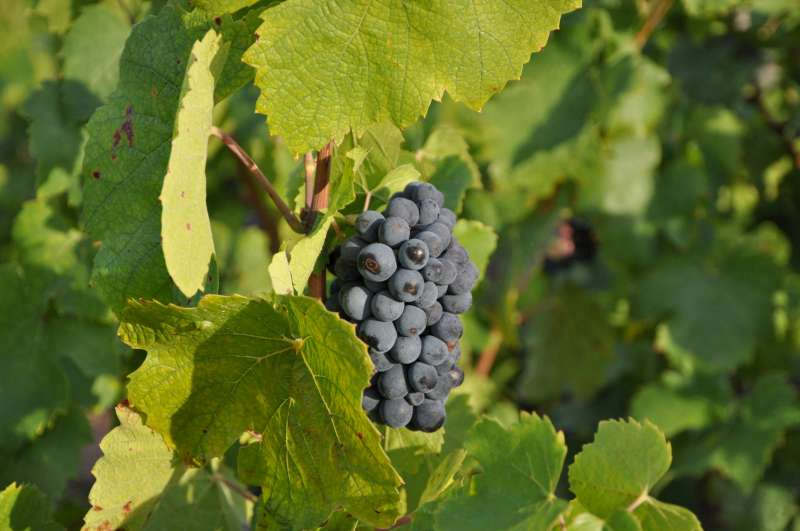Wine: Beaujolais, the Story of a Tradition

Spreading from the Mâconnais in Lyon, the Beaujolais vineyard has 12 AOCs and produces wines from one grape variety, Gamay. Its early crop ensure its celebrity around the world.
Beaujolais takes its name from the city of Beaujeu, a stronghold of a very influential lordship in the Middle Ages. Located west of the Saône, the vineyard stretches 55 km from north to south, from Mâconnais to the gates of Lyon. Its history is intimately linked to the capital of Gaul whose famous taverns and “caps” serve wine pot from the XVII th century.
Three hundred years later, the first appellations of controlled origin (AOC) appear in 1936. Twelve wines cover a range of wines that the interprofession describes as “intense and generous” (Chenas, Côte de Brouilly, Juliénas, Morgon, Moulin-à-vent), “fine and fragrant” (Brouilly, Chiroubles, Fleurie, Régnié, Saint-Amour), “fruity and gourmet” (Beaujolais and Beaujolais Villages red, rosé and white).
Nicknamed “the vineyards of Lyon”, the Beaujolais benefits from clay-limestone and granite soils, a temperate climate, a landscape of hillsides and plains. It covers nearly 16,000 hectares spread over 2,700 farms in 96 municipalities with an average annual production of 800,000 hectoliters .
Manual harvesting is still in the majority and traditional (but not exclusive) winemaking relies on bunches put whole in cuvée and double fermentation.
A quarter of production in “Beaujolais Nouveau”

Beaujolais offers a once widespread grape variety but decimated by phylloxera in the late XIX th century. Black Gamay with white juice covers 98% of the vineyard (Chardonnay occupies the remaining 2%) and has become the emblem. “It is able to give as well very elegant wines in their youth as wines of guard”, notes the Interprofession of Beaujolais. “Precocious, it produces very aromatic wines of a beautiful bright red colour and limpid”. Ideal for the famous Beaujolais Nouveau declined only on the appellations Beaujolais and Beaujolais Villages.
Representing a quarter of the total production of Beaujolais, this short maceration (4-7 days) is marketed since a permit of 1951 but grows to become a real phenomenon in the 80s.
Arriving on the third Thursday of November, it exports 44% of its production to 110 countries including Japan, which holds 6.7 million bottles, followed by the United States, the United Kingdom and Canada.In the last ten years, however, sales have fallen (25 million bottles in 2016) because the reputation of Beaujolais Nouveau has been tarnished by quality not always at the rendezvous. Some winemakers are now moving upmarket, thanks to a more natural vinification, without sulfur or yeast flavour. A healthy awareness for the event to remain popular.Alcohol abuse is dangerous for health. To consume with moderation.
